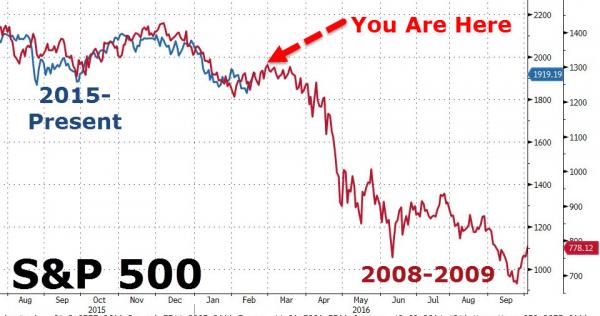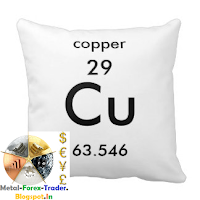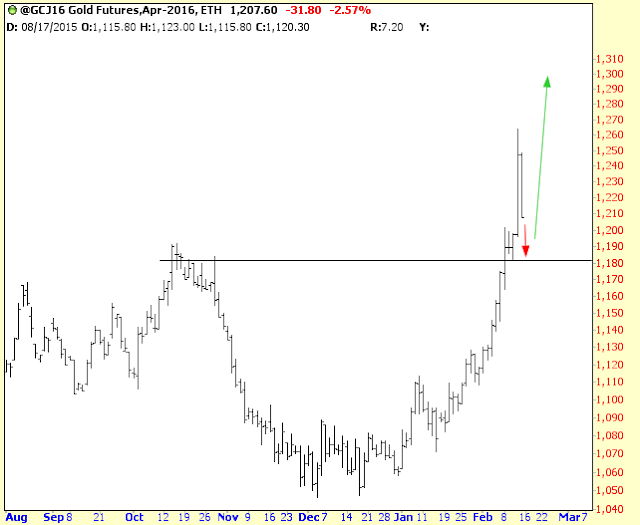Better liquidity makes non-agri contracts less risky than agri commodity contracts
Gold, silver, aluminium, nickel, lead, zinc, copper, crude oil and natural gas can be traded on the MCX. You can take bets on the price movements of these commodities by buying or selling futures contracts, the prices of which move in sync with the global prices of the commodities and the local currency movements.
The futures contracts on the commodities are available for trading on the MCX between 10 am to 11:30/11:55 pm on weekdays, much longer than the trading window for equity futures contracts.
The sizes of these contracts are generally huge, for instance, five tonnes of aluminium and 100 barrels of crude oil — that’s to suit the requirements of those who physically deal in these commodities.
But traders who seek smaller bets can make use of the mini contracts that come with smaller lot sizes of, say, one tonne of aluminium and 10 barrels of crude oil. So, a 10 barrel crude oil mini contract will currently have a notional value of about ₹21,500 against ₹2,15,000 for a normal 100 barrel contract.
Also, you don’t have to put up the ₹21,500 upfront. Futures contracts allow you to take bets by placing margin money — a portion of the notional value of the contracts.
For instance, by putting up ₹1,075 (5 per cent of ₹21,500), you can buy or sell one lot of the crude oil mini contract.
But note that you have to keep adequate money in your trading account to make up for the day-to-day price fluctuations in the contract until you exit your position — this is called mark-to-market provisioning.
So, if the contract price moves against your bet, your account will be debited and if it moves in your favour, you will get money in your kitty.
From a time perspective, you can trade either in short-term contracts or those with longer tenures.
Liquidity and price discovery may not be good in long-term contracts; so, it may be better to trade in those with shorter tenures.
Settlement modes
The trade position, whether buy or sell, automatically gets settled on the expiry date of the contract or it can be squared-off and closed even before by taking an opposite position.
As a seller, if you intend to settle on expiry instead of squaring-off before, take note of the dates and timeline by when you need to inform the exchange about specific settlement modes — whether physical or in cash.
Gold and silver are the only commodities that have to be compulsorily settled in physical form if the seller holds on till contract expiry.
In other commodity contracts, intimation to the exchange on or before the cut-off date will enable a seller to settle in cash on the contract expiry date.
What to factor in
 Whether you profit or lose on a trade, the broker, exchange and the government must be paid their due.
Whether you profit or lose on a trade, the broker, exchange and the government must be paid their due.
So, factor in costs such as brokerage, commodity transaction tax (CTT), service tax and SEBI charges that add to the cost of your bet.
If you think silver price will go up over the next month, you could buy a silver mini contract with a lot size of 5 kg currently trading at around ₹34,000 per kg. The margin money will be ₹8,500 and you also have to account for brokerage and other charges.
If the contract moves up to ₹35,500 and you close the trade by taking a reverse position, that is selling the contract, you earn a profit of ₹7,500 (₹1,500 per kg) less brokerage and other charges, which will be credited to your account.
But if the contract falls to ₹32,500, you will have to pay up ₹7,500 plus brokerage and other charges.








